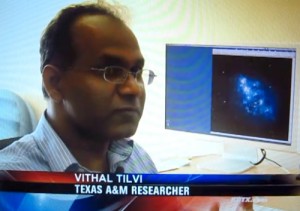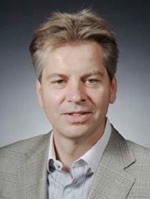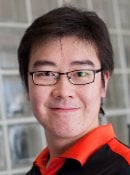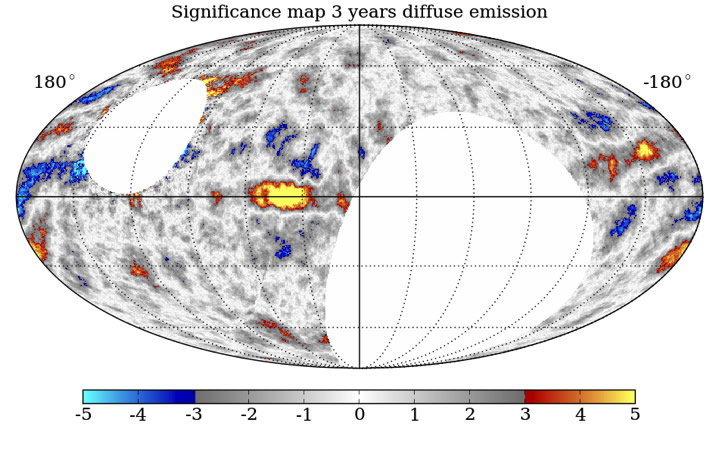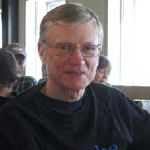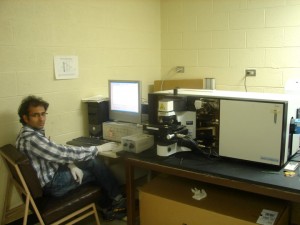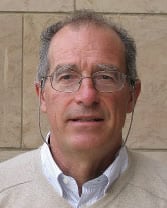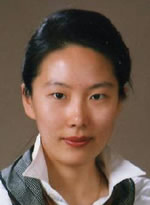 Physics Colloquium
Physics Colloquium
Michigan Technological University
Thursday, November 14, 2013
at 4:00 pm
Room 139 Fisher Hall
Microcavity Exciton-Polariton
Condensates Physics and Applications
Na Young Kim
Edward L. Ginzton Laboratory,
Stanford University, Stanford California
Partially sponsored/funded by the
Visiting Women & Minority Lecturer/Scholar Series
